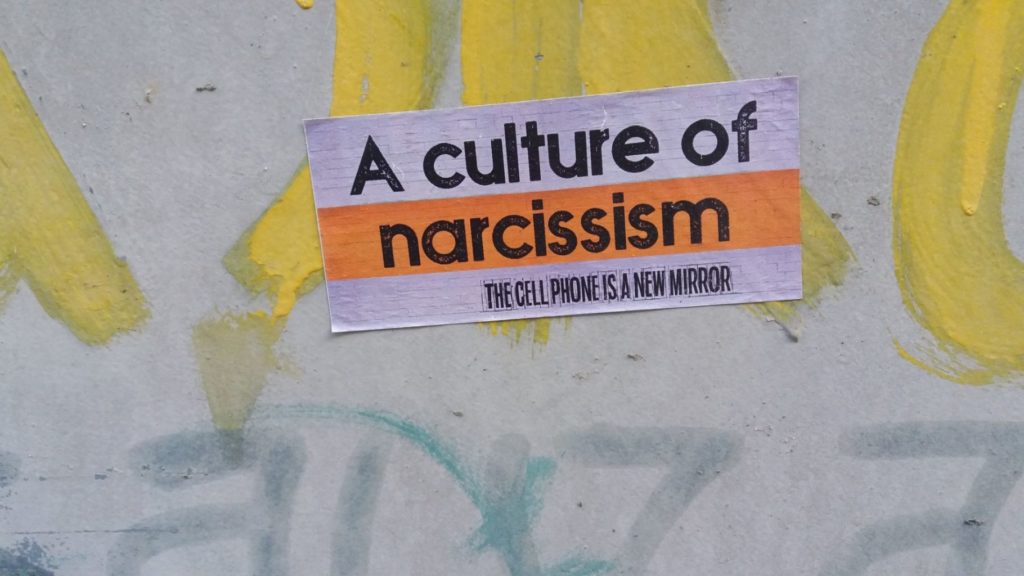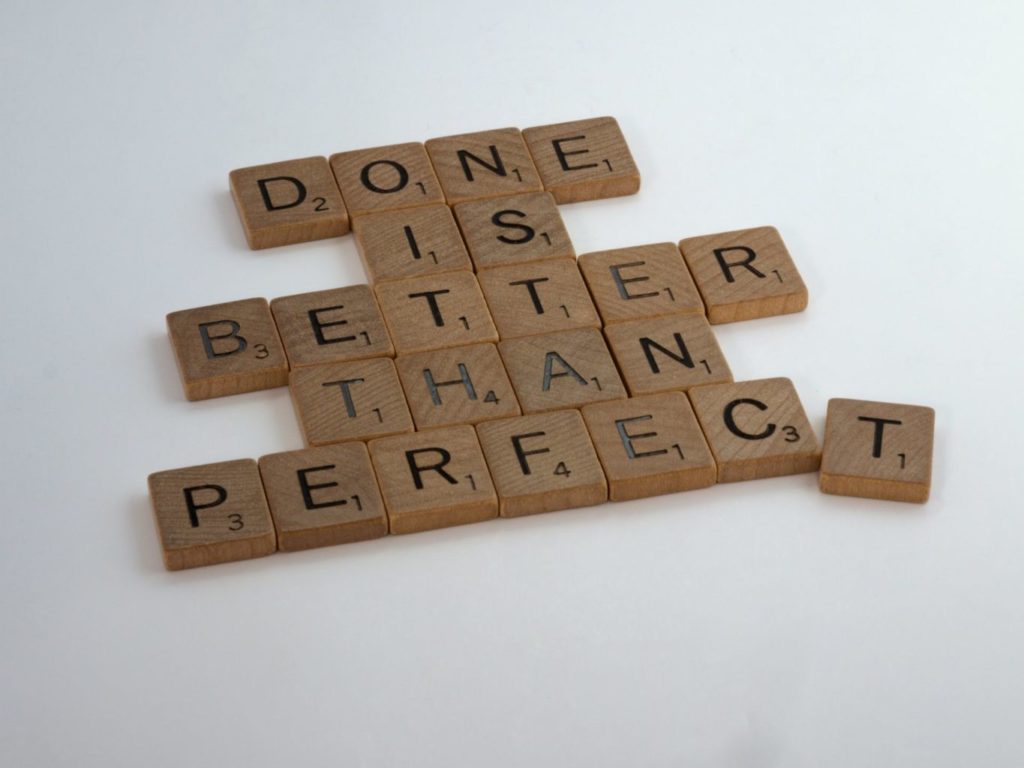Daring Greatly
by Brené Brown
A Summary
Introduction
Daring Greatly reiterates Brené Brown’s core ideas regarding our vulnerability, setting the stage for what will arguably become her bestselling book – Braving the Wilderness.
Daring Greatly, however, employs a different metaphor – this time Brown weaves Theodore Roosevelt’s famous speech, “Citizenship in a Republic”, into the fabric of her narrative. Roosevelt has uttered the phrase “daring greatly”, stating that the credit belongs to a person who is in the arena of life, face down in the muck, but who rises to face the challenges of life yet again, and who will continue doing it no matter what. Brené Brown was fascinated by Roosevelt’s metaphor, seeing that we all have to “dare greatly” in order to live fulfilled lives.
To dare greatly, you don’t have to be a hyper-motivated entrepreneur, motivational speaker, or personal development coach. You just have to be a human. A real human being that accepts the immensely important side of what it means to be human – vulnerability. And someone who is ready to let others know about this vulnerability.
Crucial Insights
- Narcissism is the antithesis of vulnerability – and it’s also a blatant denial of vulnerability.
- Shame, comparison, and disengagement most often “motivate” us to engage in the suppression of our vulnerability.
- Vulnerability is usually seen as a sign of weakness – the truth is, only by accepting our imperfection can we become strong and resilient.
- Vulnerability is the essence of what it means to be human – everyone is vulnerable, there’s not going around it. The critical step is to embrace and accept our vulnerability.
- “Viking or Victim” logic sometimes shapes Western thinking about vulnerability – either you’re strong and resilient (like a Viking) or a Victim that anyone can toss around. This is a false dichotomy.
- Vulnerability cannot be resolved without other people – it’s impossible to handle it all by yourself.
- Shame about yourself, or about your actions is one of the main manifestations of the inability to accept one’s vulnerability.
- Another manifestation of suppressed vulnerability is perfectionism – because nothing is perfect, perfectionism creates an unending loop of shame, guilt, and anxiety. Women are more sensitive to aesthetic (not looking good enough) shame triggers, while men are more likely to feel ashamed for being “weak” and “unsuccessful”.

Narcissism and Vulnerability
“When I look at narcissism through the vulnerability lens, I see the shame-based fear of being ordinary. I see the fear of never feeling extraordinary enough to be noticed, to be lovable, to belong, or to cultivate a sense of purpose.”
Narcissism is ultimately a defense mechanism. It’s one of the ways to shut yourself in the bunker of your own personality. The bunker may seem stable and strong, but its foundations are brittle. That’s because narcissism is based on a blind denial of vulnerability.
This is not a new idea. From Sigmund Freud and across other psychoanalysts such as Heinz Kohut and Otto Kernberg, it has been argued that narcissism is not what it appears to be: arrogant, grandiose, and confident. Behind the veil of inflated self-esteem hides a vulnerable child that is too afraid to let in the dreadful negative experiences of being a simple human being.
Brené Brown wants to argue that in our culture we’re sort of driven towards narcissism and rejecting vulnerability. Consciously and unconsciously, we are striving for things and ideals that are at odds with our own vulnerability.
Narcissism and rejection of vulnerability are closely tied to what Brown calls scarcity. This is a special type of scarcity that is deeply embedded within our culture. Here are the three main components of the culture of scarcity:
- Shame (e.g. self-worth is tied to productivity, compliance, and achievement)
- Comparison (e.g. narrow standards that are internalized by a majority of the population)
- Disengagement (e.g. staying quiet, being afraid of “going against the grain”)

Shame and Guilt
Shame vs Guilt. There is a critical distinction between these two emotions.
- Guilt says, “I made a mistake,” shame says, “I am the mistake.”
- Guilt: You feel bad about an action, or some behavior, or some outcome. The negative emotions you experience are attributed to the behavior that caused them. This is generally a good thing and helps us learn.
- Shame: You feel bad about some action, or behavior, or an outcome. The negative emotions are attributed to yourself as a person. You feel that your whole self is the problem, not just a behavior mistake. Shame is the start of disconnection, hiding, and numbing. This is not a helpful learning strategy.
Shame is about feeling bad for being something that you don’t want to be. It’s an emotion that appears quite early in the development of a child and its dynamics are often established well before adolescence. We learn to feel ashamed about certain things, and we learn to recognize certain triggers that give rise to our shame.
“Aren’t you ashamed”, “Shame on you”, or “You should be ashamed of yourself” are just some of the things we hear often as we’re growing up. Shame isn’t only used by parents as a pedagogic tool. It’s a cultural tool and a social currency. We learn to feel ashamed for certain things because our culture and social environment want us to do so.
Because we’ve adopted these patterns of thinking and behaving early on, we’re often not that conscious about them. We simply tend to feel certain things and not think too much about the rationality of such feelings.
Men and Women Experiences Vulnerability and Shame in Different Ways
For women, their looks are still very much at the top of the list of shame triggers. Motherhood ranks as second – women are very often ashamed when others question them about their plans for having kids. Women also have representations of perfection, that, once they are not met, lead to feelings of shame.
It’s safe to say that shame triggers vary with age. In adolescence, looks and social status are everything. Unfortunately, today we can see how modern age perpetuated this phenomenon – many adolescents are contemplating or even attempting suicide because they think they’re “ugly”, trying to attain a lifestyle dictated by social media celebrities.
Men, on the other hand, are ashamed for being “weak”. They are more likely to engage in denial and suppression of emotions and are usually accepting the aforementioned myths about vulnerability. Achievement, social status, and power are the typical triggers for shame in men. The overarching message for men is, “don’t be a pussy.” For men, viewing life through this lens from a young age creates an impediment to understanding emotional nuance, as well as compassion for self and others. Autobiographically, growing up in this false dichotomy of win or lose, strong or weak, stable or unstable, limits our ability to choose creative, or alternative paths in all aspects of life. Because we feel bound by the road map of “don’t be a pussy.”

Myths about Vulnerability
There are many myths surrounding vulnerability, which have been propagated by the culture of scarcity and used as excuses for not allowing our vulnerable sides to exist alongside “stronger” parts of ourselves:
Vulnerability is weakness
This is perhaps the most widely dispersed myth about vulnerability. “They’ll think I’m a sissy.”, “What would others think?”, “I never cry.” – countless are the examples of how people avoid being vulnerable simply because they think this would mean they are weak.
There’s a difference between someone who complains all the time and someone who isn’t afraid to sometimes let go of the paravans of “normality” and “being strong”. It takes courage to accept one’s vulnerability and it takes even more guts to let others know about this vulnerability.
“Others are vulnerable, but I’m simply not like that”
This is a special way to suppress any notion of our personal vulnerability by eliminating it from the definitions of our personalities. “I’m simply not vulnerable. I know people can be like this but that’s simply not me.”.
It’s true that vulnerability varies – some people are more sensitive, others less so. But no one is completely insensitive.
“Either you are completely vulnerable or invulnerable, there’s no other way”
Some people are afraid that once they open up, they won’t be able to control themselves. It’s true that letting go of the constraints and boundaries we imposed upon ourselves can seem scary, and indeed sometimes people suppress so much that once they open up it seems like an endless stream of emotions is pouring out. But in general, accepting vulnerability and letting others know how vulnerable we are doesn’t mean we’ll decompensate and enter into a hysterical fit.
Even when an outpouring of vulnerability happens, this is not necessarily bad – because what preceded are years of suppression and denial.
“I’m vulnerable but let me solve it on my own”
As mentioned, accepting vulnerability is only a part of the process. Letting others know about it is an equally important aspect. One of the ways people are trying to protect themselves is to try to do it all on their own. We all know these individuals. They are often very kind, good, and self-aware. They know how to empathize with others, but when it comes to them being the ones to be empathized with, they fall short.
Usually these individuals “take it all in”, rarely talking about their struggles. Trying to understand them can be frustrating because they are sometimes so secretive about their personal lives and what happens to them on the inside. Moreover, they are often the ones who suppress feelings for years, only to implode or explode suddenly.

Perfectionism and Vulnerability
One of the best ways not to accept one’s vulnerability is to indulge in perfectionism. When you’re perfect you don’t need to be vulnerable. Much like narcissism, perfectionism is a shield, a paravan behind which hides an imperfect human being.
Perfectionism can be expressed in various spheres of life:
- Work-related perfectionism – usually manifested in working long hours, not being able to complete a project before it’s “perfect”, or demanding too much from colleagues
- Perfectionism in relationships is twofold – either you demand too much from yourself, or from your partner.
This phenomenon relies on core negative beliefs, which were described long ago by Albert Ellis and Aaron Beck. They have argued that perfectionism is based on irrational negative beliefs such as demandingness (“I must succeed, there is not other option”) awfulizing (“If I don’t succeed, that will be awful”) low frustration tolerance and self/other depreciation (“If I make a mistake that means I am a loser”, or “If others do something bad to me this must mean they are bad people”).
Brené Brown didn’t specifically mention Beck’s and Ellis’ ideas about core negative beliefs, but parallels are obvious.
“Viking or Victim”
People usually resort to this metaphor when thinking about vulnerability: either you’re Viking or Victim, there’s no other choice. Again, an example of false dichotomy logical fallacy.
This kind of thinking relates directly to the myth number three. Brown has interviewed a lot of people regarding their conceptions about vulnerability, and she identified the “Viking or Victim” thinking in most participants:
Either you’re a Victim in life—a sucker or a loser who’s always being taken advantage of and can’t hold your own—or you’re a Viking—someone who sees the threat of being victimized as a constant, so you stay in control, you dominate, you exert power over things, and you never show vulnerability.
Connection – A Basic Human Need
Everything we do as humans is a social act. Nothing exists outside the social realm. We’re never actually alone – everything we can even think about only exists in social relations – our thoughts are always the thoughts about something that can be seen from the perspective of others.
Vulnerability has to be expressed in the social world. Talking about one’s vulnerable spots, about bad things that happened, integrating the trauma into the personality, this is the essence of manifesting your vulnerability.
Brené Brown mentions numerous values and strategies that can be used to “dare greatly”. But in my humble opinion, talking about it is the most important thing. Ultimately, it’s about letting your vulnerability be seen and experienced by others. This is, of course, the basis of shared empathy.

Conclusion
Brené Brown gave us a highly personal yet objective and rational discussion on vulnerability. Through her research work (qualitative studies) and rich personal experience, she was able to identify the pitfalls of the Western culture – building unreal ideals about what it means to be successful, well-connected, accepted by others, and loved.
In the end, it’s not about becoming the sort of person you think you should be. It’s about being who you are, always.







